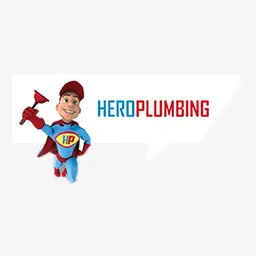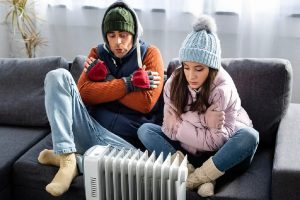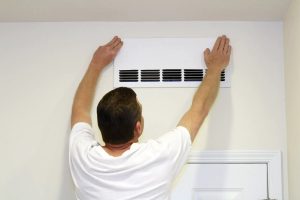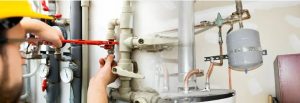Table Of Contents
- What Is Carbon Monoxide?
- Sources Of Carbon Monoxide In Your Home Or Business
- Who Is At Risk Of Carbon Monoxide Poisoning?
- How Do You Detect A Carbon Monoxide Leak From Your Gas Heater?
- How Is Gas Heater Carbon Monoxide Testing Done?
- Using Carbon Monoxide Detectors
- How To Test Carbon Monoxide Detectors
- Which Is The Best Carbon Monoxide Detector To Get For Your Space?
- Hire A Qualified Gasfitter For Proper Carbon Monoxide Testing
If you have a business or house in Sydney, there are several things to pay attention to. One of the most vital things is to make sure that your property is safe for living. You need to protect everyone from all the hazards that might occur. With a gas heater in your space, you should ensure that all the necessary safety measures are put in place. One of the ways to ensure that your heater is safe is by performing a carbon monoxide test. This ensures that no carbon monoxide leaks into your space because it is toxic. Continue reading the article to learn more about carbon monoxide testing.
What Is Carbon Monoxide?
Carbon monoxide (CO) is an odourless, tasteless, colourless gas produced when propane, natural gas, and gasoline burn incompletely. The gas is denser than air. One of the most important things to know about this gas is that your senses cannot detect it because of the characteristics mentioned above. As a result, dangerous levels of this gas can leak into your space without your recognition.
When this gas enters your body, you experience signs of carbon monoxide poisoning, including shortness of breath, dizziness, headaches, and fatigue. It is very easy to mistake these symptoms for the flu since they are similar. In addition, carbon monoxide poisoning can lead to brain damage and heart disease. Therefore, it is vital to ensure that your home or business is safe from this gas to prevent the issues mentioned above. These gas-heater-related issues have also led to mutual recognition among countries that the carbon footprint should be reduced. This is why carbon monoxide testing is crucial.
Sources Of Carbon Monoxide In Your Home Or Business
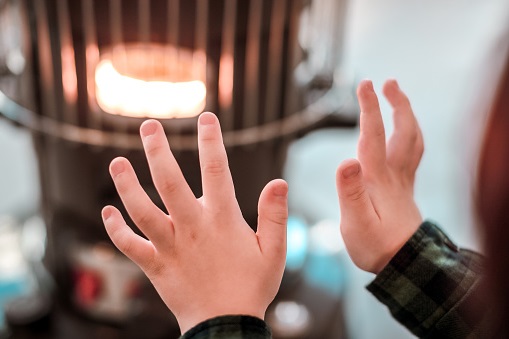
Carbon monoxide is usually emitted by different fuels such as wood, oil, gas, charcoal, and coal. The gas is produced when the carbon burns incompletely. The production of this gas is more common among older appliances, such as HVAC and hot water systems, that are not vented correctly. Keep in mind that electrically powered devices, such as electric ovens, electric furnaces, and electric ovens do not emit carbon monoxide. Despite the fact that artificial heating is not the only source of carbon monoxide, it is the major one.
In addition to this gas being produced by heater systems not ducted or installed correctly, it can also be produced by other fuel-fired sources such as:
- Fireplaces
- Gas clothes dryers
- Gas stove and ranges
- Gas water heaters
- Portable fuel-burning space heaters
- Charcoal or gas grilles
Who Is At Risk Of Carbon Monoxide Poisoning?
Carbon monoxide affects all people and pets. However, pregnant women, children, older people, unborn babies, and those suffering from chronic diseases are at a higher risk of suffering from carbon monoxide poisoning. As a result, if you have any of the above-mentioned people on your property, you must be diligent and ensure no carbon monoxide is present in your home.
How Do You Detect A Carbon Monoxide Leak From Your Gas Heater?
The most effective way to check for carbon monoxide leakage in your space is by performing an indoor air quality test. Your plumber can help carry out the indoor air quality and other improvement tests, including carbon monoxide testing. At times, your utility company may come to your property and check for the presence of the gas in your space for free or at a reduced cost.
The primary tool used for the tests is an electronic portable toxic multi-gas monitor. This tool differs from heater carbon monoxide detectors that help trace the presence of the gas in your space. Besides testing for the presence of carbon monoxide, your plumber can also help test for the presence of other toxic substances such as radon, mould, allergens, formaldehyde, and others.
Carbon monoxide testing can also be done using a combustion analyser. This is an electronic device that helps test gases emitted by heaters. It helps ensure that the ratio of carbon monoxide to oxygen in your space remains in the right range. It tests the gases that burn directly from a heater, but not overall air quality.
The easiest way to test carbon monoxide in your house or office is to use a carbon monoxide detector that includes an alarm. It is crucial to have a carbon monoxide detector to ensure that your entire property is safe. Failure to have the detector in your property puts your family or employees at high risk, making it worth the investment. The principal aim of the detector is to act as a layer of warning when there is carbon monoxide in your space. When carbon monoxide leaks into your living area, bedrooms, dining rooms, and hallways, the alarm rings.
Always keep in mind that CO detectors are not designed to detect the gas at suspected areas of origins, such as heater rooms and kitchens. You need to install the carbon monoxide detector according to the instructions provided, which in most cases is about five feet or farther from your gas heater.
How Is Gas Heater Carbon Monoxide Testing Done?
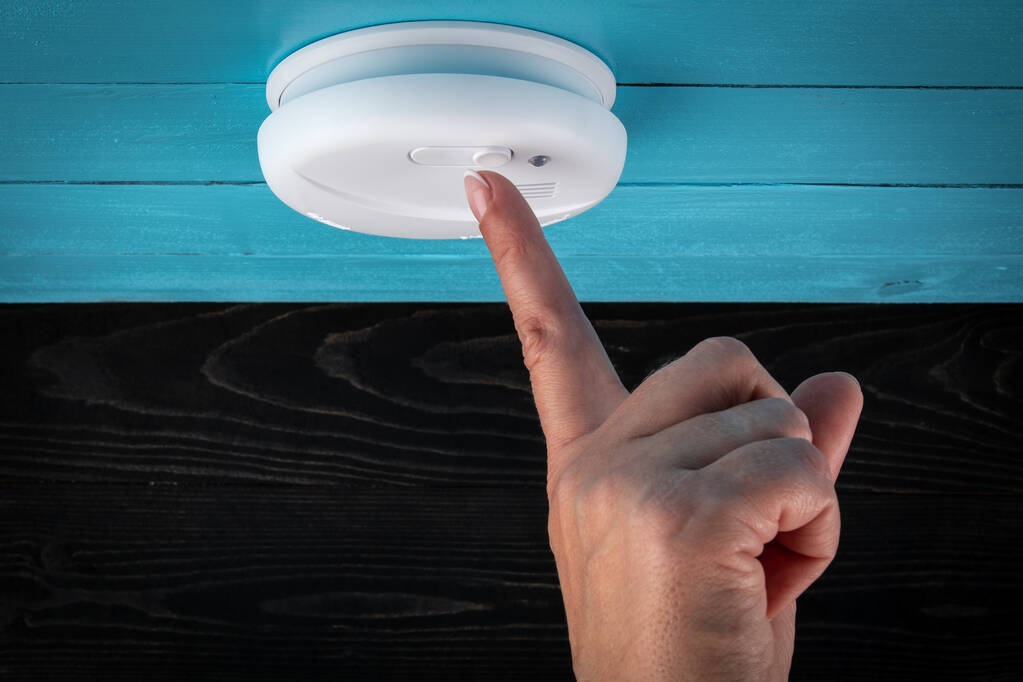
A qualified plumber carries out a series of tests to determine if your gas heater is safe. The test usually involves using a small device that helps rate carbon monoxide in parts per million (PPM) in the air coming from your gas heater. A safe reading should read 0.00 ppm.
Carbon monoxide testing involves four steps, including a smoke test, test for negative pressure, establishing baseline conditions, and test for carbon monoxide spillage. As long as you maintain your gas heater regularly, the appliance is safe. It is recommended to do the carbon monoxide test annually.
CO Spillage Tests
Carbon monoxide always leaves your house through a flue. If your heater has an open flue, negative pressure usually draws the carbon monoxide from the flue back into your space instead of allowing it to be vented outside. This, in turn, results in an increase in carbon monoxide levels in your indoor air. The spillage test checks the critical parts of your gas appliance and room for any CO spillage.
While performing this test, your gas fitter checks the critical parts of your appliance and room for CO spillage. They use a probe to check the various appliances in your household and the space they are in to ensure that there is no carbon monoxide present. If CO is detected, they take the right action to determine if the issue results from negative pressure or a problem with your gas heater. In the event that the problem cannot be rectified because of an issue with your heater, your professional disables its operation.
Negative Pressure Tests
Negative pressure results when the extraction fans get rid of the air from a building faster than it is replaced. The air is drawn back down the flue when this occurs, resulting in carbon monoxide entering your space instead of being vented outside. If your plumber identifies negative pressure, they will sort the problem. One of the solutions involves clearing all your home openings. You may also require extra ventilation installed in your room. Your plumber will carry out the job required.
Using Carbon Monoxide Detectors
In order to ensure that your home is safe from carbon monoxide, it is good to ensure that the CO detector is working correctly. Before you can test the device, it is advisable to alert your home security firm and place the entire system on test mode. This ensures that the detector does not cause any false alarm. Bear in mind the carbon monoxide detector, unlike the smoke detector, does not require a crisis test as you would never want to intentionally emit CO into your space.
Installing a carbon monoxide detector offers an excellent and fast way to prevent CO poisoning. You can install the device in your home or office. These detectors sound an alarm when a certain amount of CO is detected in your space over time. Various types of sensors are available in the market with different alerts, namely biometric sensors, metal oxide semiconductors, and electrical sensors.
Biometric sensors have a gel that changes its colour based on the quantity of CO absorbed, which triggers the alarm. A metal-oxide semiconductor detector features silica chips that reduce electrical resistance once they detect CO, and this change triggers the alarm. Finally, an electrochemical sensor has electrodes found in a chemical solution that sense changes in the electrical currents as they get into contact with CO, triggering the alarm. Once the CO alarm goes off, it can only stop ringing when the environment is CO-free.
When Do Carbon Monoxide Detectors Go Off?
A CO detector sounds an alarm when it detects the accumulation of carbon monoxide in your office or house. This happens before you can sense the symptoms of CO poisoning, preventing severe repercussions. Low carbon monoxide levels take around eight hours for the alarm to go off. With higher levels, the alarms sound within three minutes. You need to act fast when the detector sounds the alarm because low levels of this gas are still dangerous.
What Should You Do When Your CO Detector Goes Off?
- When the alarm goes off, you should immediately move out of the house. If you have other people in the home or office, ensure they also vacate the property for fresh air.
- Make sure you open all the windows and doors to allow CO to flow out of your property as you move out. To minimise exposure to the gas, do not go back to the house to open the doors. Open those that are on your way out.
- Make a point to understand the distinction between the detectors end of life alarm and the actual alarm. This ensures that you take the right action.
- Check on everyone in your household and ensure they do not have flu-like symptoms that suggest carbon dioxide poisoning.
- Do not return to your office or house until the detector stops sounding the alarm or your plumber guarantees your property’s safety.
How To Test Carbon Monoxide Detectors
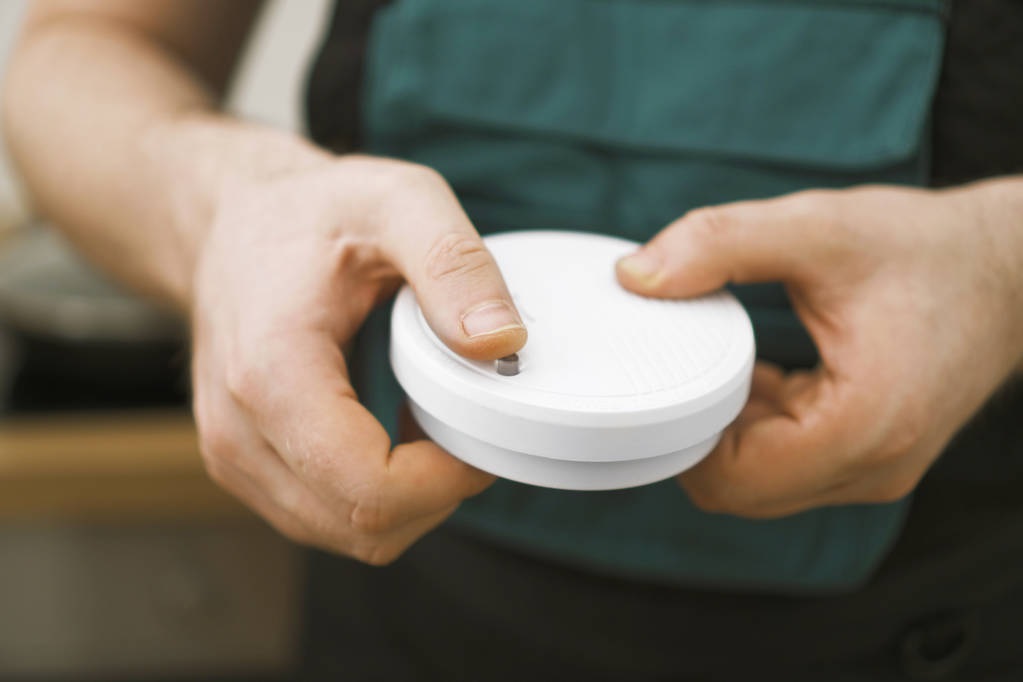
To test a CO detector, start by holding the test button until you hear two beeps sound off. After the beeps, release the button. Recreate this event by holding down the test button until you get four beeps. The four beeps indicate that a signal has been sent to the monitoring station. After about ten to fifteen minutes, the carbon monoxide alarm will resume to the initial setting from the test mode. If it fails to do so, you should carry out a power cycle. Here are tips for testing CO detectors:
- If you have interconnected alarms, ensure that they are producing sound together.
- As you test your detector, include the people in other rooms to make sure that all alarms are working and that they can hear them from all the rooms. Failure to hear an audible noise means you need to replace the batteries.
- Do not allow debris and dust to accumulate in your detectors to ensure they work properly.
- Wear ear protection when testing CO detectors because the alarms are loud.
- Do not decorate your carbon monoxide detector because this will impair its functioning.
- Test the carbon monoxide detectors monthly at a minimum, though weekly testing is recommended. In addition, ensure that you replace the batteries at least two times a year.
Which Is The Best Carbon Monoxide Detector To Get For Your Space?
Carbon monoxide detectors sense the presence of the gas in your space quickly and alert you immediately. There are different types of detectors you can invest in for your gas heater. Some models only require you to plug them into outlets or use a battery and give you an alert by making a loud siren. These are more cost-effective and are suitable if you have several rooms that require several detectors spread throughout. You can also get models that feature carbon monoxide and smoke sensors. They are more convenient as you can swap them to play both roles. These models also reduce the number of detectors on your ceilings and walls as they are multipurpose.
With the advancement of technology, there are also smart models that you can connect with your property security system to alert you of imminent danger through your mobile app. Although they are more costly, they offer extra safety, especially if you have kids and pets in your house. Remember that you need to position your CO detector in a location where everyone in your space can hear the alarm when it goes off. It is also advisable to have it installed near each bedroom or other sleeping areas, basement, or attic. Finally, always ensure that you follow the manufacturer’s instructions to discover which other places you can install the detector.
Hire A Qualified Gasfitter For Proper Carbon Monoxide Testing
To ensure that you get the best results when carrying out a carbon monoxide gas test, you need to ensure that you work with the best gas fitters in Sydney. They have the best detectors and apply the proper methods to ensure that your gas heater does not leak CO. The professionals take the necessary measures to ensure that your house is safe from this toxic gas.




